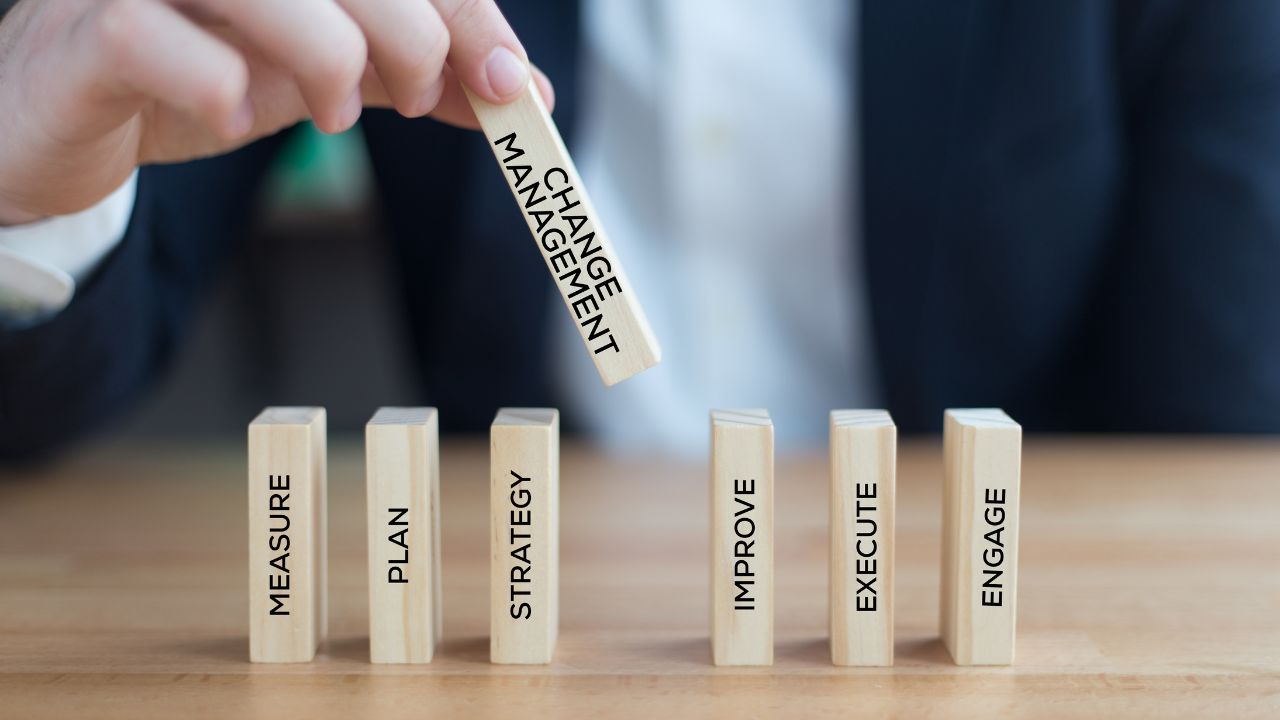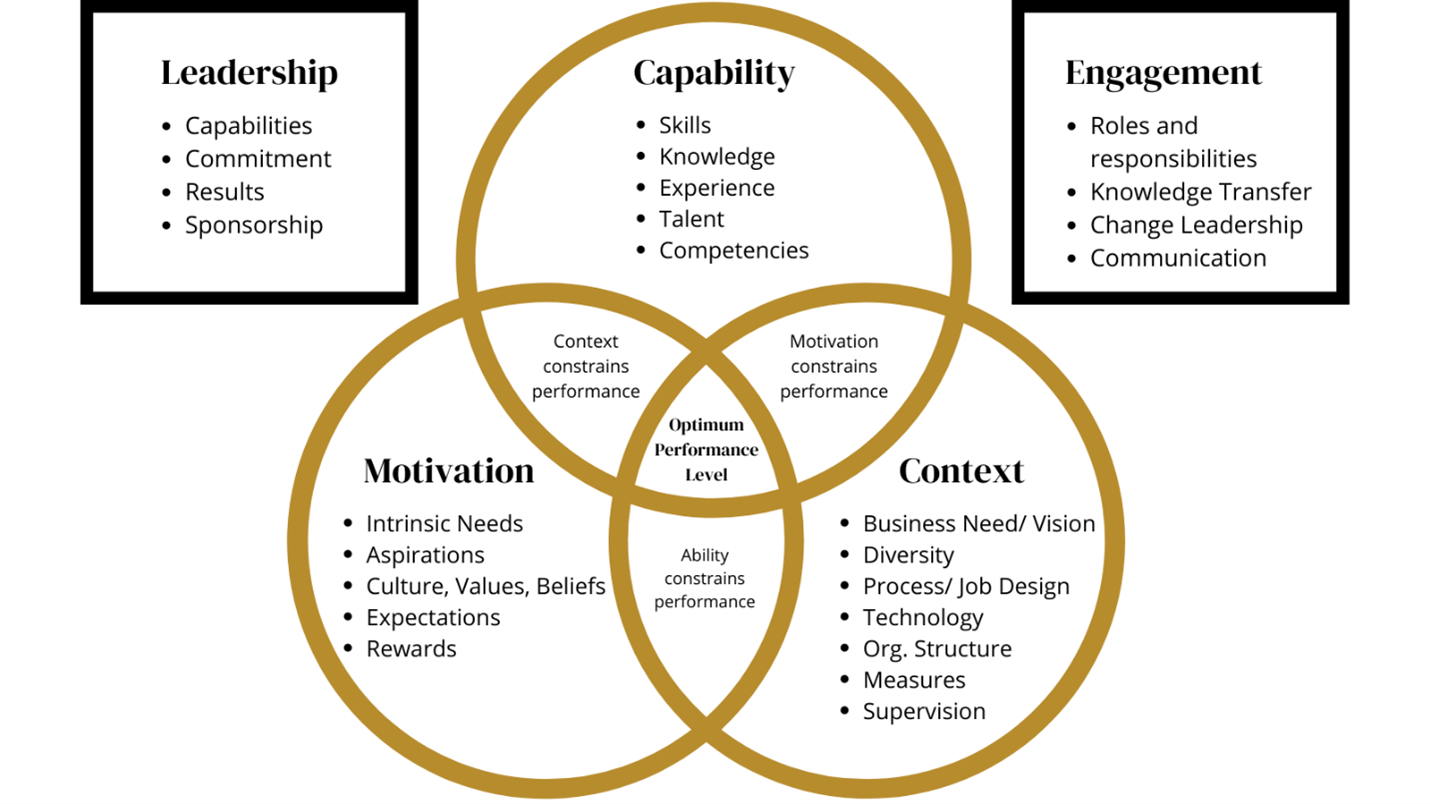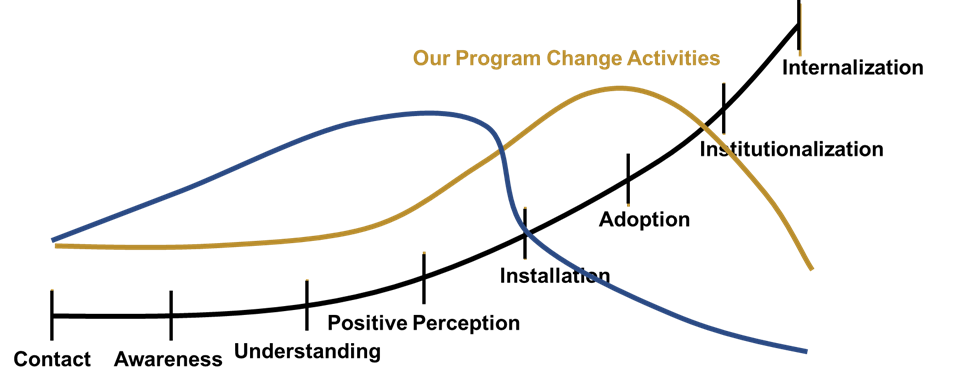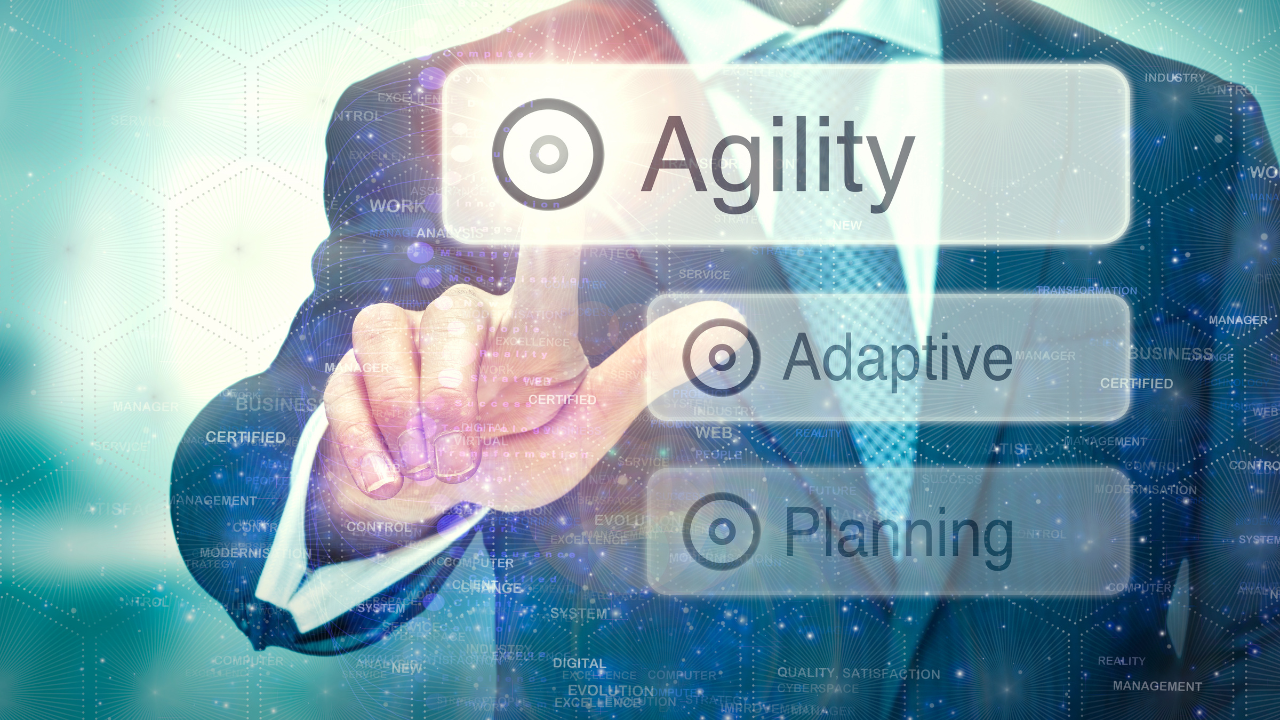
Business books and blogs today are filled with facts and theories about the unprecedented era of disruption.
Businesses have been disrupted.
Remember the world before Apple, Napster, Google, Amazon, and Tesla?
Employees have also been disrupted by the current business climate, the global pandemic, and recuperating from the “Great Resignation” of 2021, which impacted their daily lives.
Because of this, businesses must consider strategically how to transform to compete and win in today’s economy
Organizational change management (OCM) practitioners must change their practices to keep in step with the times.
So how do you go about organizational change management today?
As OCM practitioners, we must design and deliver programs in new ways to meet the needs of today’s businesses and their people.
The design must account for the reality of employees’ lives INSIDE and OUTSIDE of work.
Also, delivery must account for when the employees have the time, attention, and energy to make the change.
Therefore, change programs today must:
- Address Change Holistically
- Drive Change in the Center
- Enable Change Emergently
Address Change Holistically
Addressing change holistically enables leaders to understand change across the organization and for the individuals so they can maximize the results for the most important initiatives.
First, leaders need to analyze and prioritize the strategic, operational, and environmental changes occurring in their organization.
This enables them to understand the scope, timing, and change impacts and allows them to identify the capacity of the organization to absorb change and prioritize the most valuable initiatives.
Organizations commonly have multiple initiatives running concurrently without clearly defining the intellectual, emotional, and volitional impact on their workforce.
Second, leaders example prioritized change initiatives to identify the appropriate performance change “levers” to pull.
These individual and organizational performance components comprise the primary ways to influence performance in the workforce.
Change initiatives can increase their success by considering the levers as noted in the graphic below.

Once leaders have identified the performance levers to use in support of the change, it’s time to begin planning the change implementation with the appropriate change management focus.
Therefore, this requires Driving Change in the Center and Enabling Change Emergently.
Drive Change In The Center
Driving change in the center is about driving change in the middle of the organization, the key to performance and change success.

- In business, change starts at the top and happens at the bottom.
- The middle of the organization is responsible for ensuring strategic alignment in the organization and driving performance on the front lines.
- Failure in the middle means organizational strategies aren’t achieved and change isn’t adopted or sustained.
Every organization’s middle management holds the key to change success.
While they often desire and discuss this when implementing strategic change, they seldom realize it.
Therefore, organizations are often left with workers who don’t want to change and don’t care.
Because of this, in order to be successful in the center, middle managers need:
- Clear expectations for their roles and responsibilities.
- Leaders who support their role and hold them accountable.
- And a clear understanding of:
- The reality of the change, including the facts and uncomfortable truths.
- Change process for individuals, including the requirement and techniques to address the rational and emotional side of change.
- A detailed path forward for their group and the organization.
And then, the center of the organization will need to enable that change emergently.
Enabling Change Emergently
The third key factor in successful organizational change management (OCM) today is enabling change when the need emerges.
Traditionally, Conner’s Commitment Curve shows that installation of the change (or system) is at the center of the change curve for individuals.
Yet, most change initiatives frontload change activities before the installation or “go-live.”
Given today’s overloaded employees and change-taxed organizations, we must shift the peak of change activities until after the installation to serve the employees at the point of need, when the need emerges.
This moves the change activities to a time where employees have the time, attention, and energy to make the change.

As technology continues to change the way we work, transformations will require changes to the way we prepare the workforce.
Instead of long training programs and mountains of documentation before the installation, we must adapt the construction and delivery of communications, training, and support to be available at the point of need.
New tools and techniques help enable this like digital adoption platforms (DAP) with context-specific support and “drip” training methods.
We know the world and the business environment in which we compete have changed dramatically in the last decade.
Whether you’re changing to meet the current market or chart a new path to the future, you can drive better results through change management plans.
Because these plans:
- address change holistically recognizing the change burdens already present in your organization and its employees
- drive change in the center putting accountability where it drives the best results
- enable change emergently where employees have the energy and attention at the point of need
they help your change initiative thrive in the age of disruption.
If your change management activities are stuck with the same tools and techniques from the last 5-10 years, contact Opportune for a fresh perspective to drive performance results through change management strategies that bring about lasting change in the age of disruption.
























